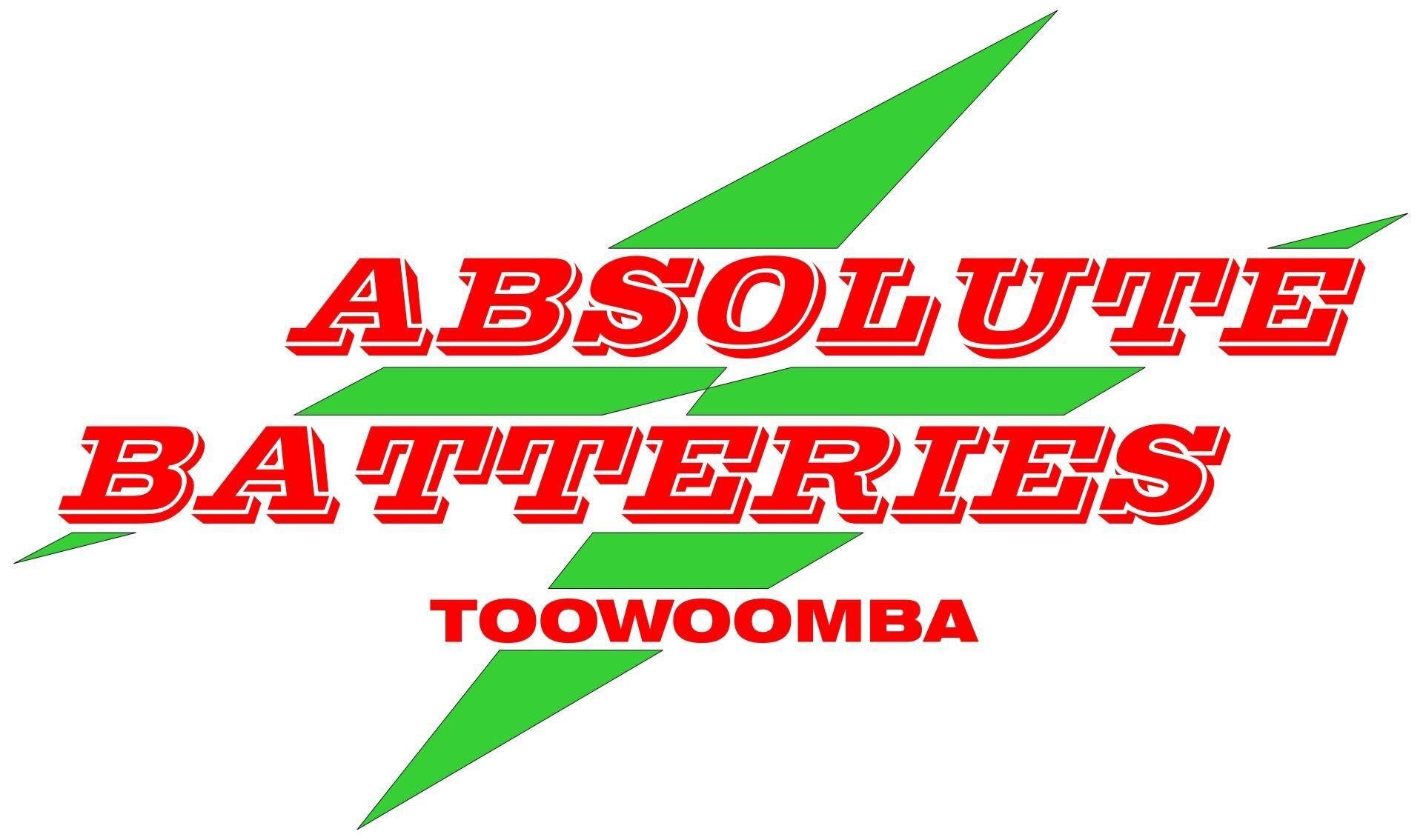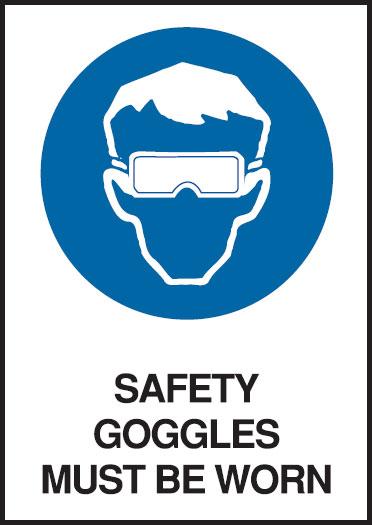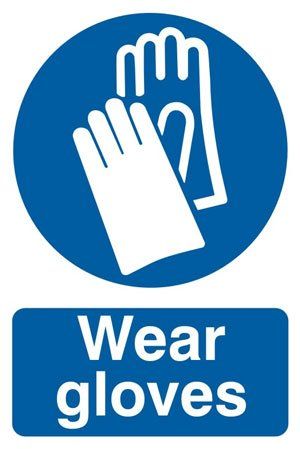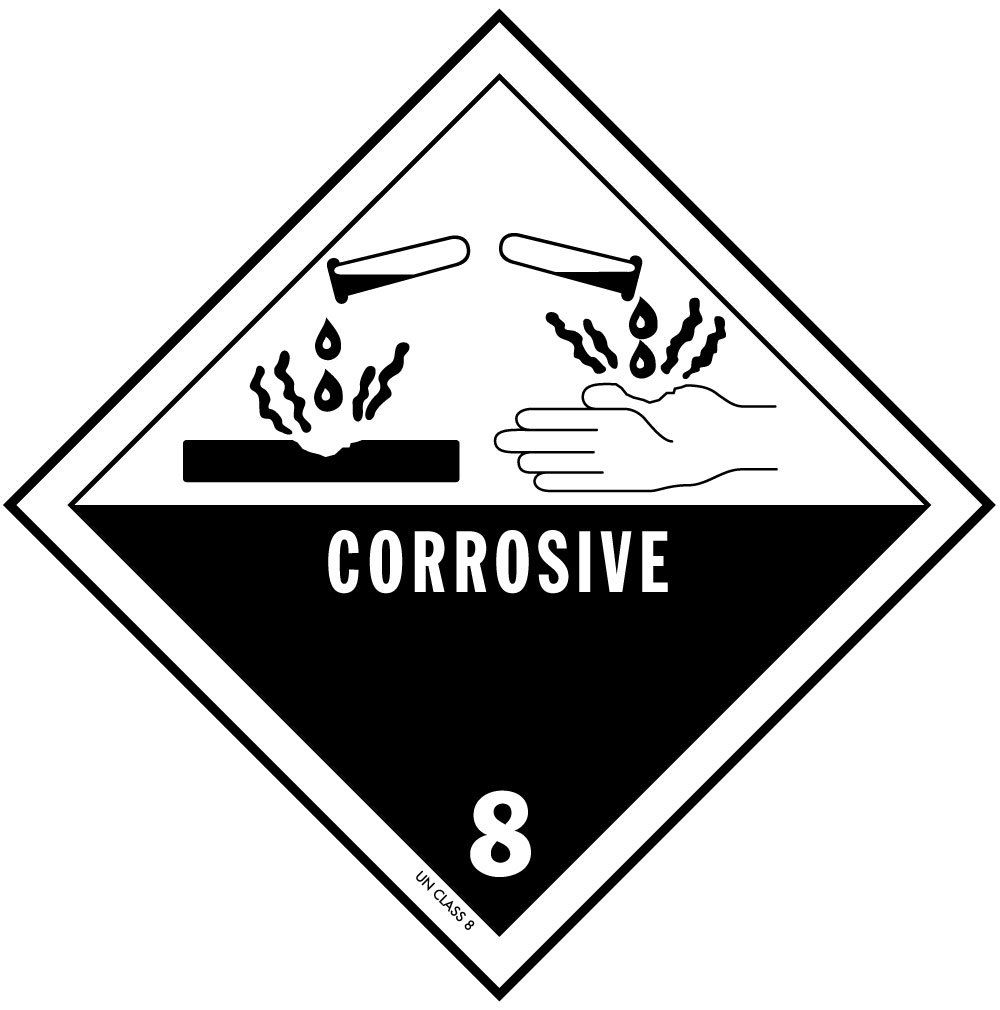Battery Care
Wearing safety gloves and glasses is mandatory as the electrolyte in batteries most commonly is sulfuric acid and will irreparably burn skin and eyes very quickly.
Battery care is easy provided you follow a few simple steps.
In these examples we will be dealing with a typical automotive battery but you’ll find that several carry over to most battery types regardless of what they are. Remember that this information is a guide and you should always refer to the battery manufacturers guidelines for care.
The best thing you can do for your battery is to not let it go flat, or if it has gone flat don’t let it sit around flat. Charge it as soon as possible on a appropriately sized charger and every so often put it back on the charger just for a top up. Depending on the chemistry and the type of battery you own the frequency of charging or the type of battery charger you need to use could vary considerably so give us a call if you’re not sure or drop in to the store and we’ll check it out for you.
- If you own a maintainable battery (One that you can get into through the screw caps) then checking the electrolyte levels every few months is a good idea. It may not need topping up every three months, but getting into the habit can extend the lifetime of your battery particularly if it is used in a deep cycle application. If the levels are low, then adding some distilled water is the way to go. Be careful not to overfill the battery because the gas generated by the charging process can force electrolyte (acid) through the caps and throughout your battery bay. Ideally, you’ll only want (approximately) 2 cm’s of fluid above the top of the plates themselves. If the manufacturer offers a guide on the battery, then follow their guidelines.
- Corrosion can be highly destructive in the (mostly) metal environment of a cars engine bay and getting rid of it in a expedient manner can be challenging. If you notice any of the white/green/blue furry or powdery residue on your battery clamps/terminals then the best thing you can do is wash it off with boiling hot water. You don’t need to remove the battery clamps from the terminals or the battery from the car itself, just wash the whole thing with boiling water and it will clean it off quickly. Occasionally some stubborn corrosion might need the application of a wire brush to remove or to loosen it up followed by more hot water, but please be careful not to bring the brush into contact with anything else while you’re scrubbing it as you don’t want to short out anything! 99% of all corrosion can be removed with the boiling water.
- If you are unlucky enough to have electrolyte (acid) sprayed through your engine bay, again boiling hot water will do the trick. If it has been on there unnoticed for a little while then get some dry washing powder (like Omo) and rub that into the affected areas first before washing it off with the boiling hot water. If it is a particularly bad case then waiting until the water has dried off and then repeating the process is not a bad idea. Once dry, spray the affected areas with some WD40.
- Keeping your terminals clean can be a great help to any batteries prospective lifespan. Dirty terminals mean reduced contact area and far higher resistance between your clamps and terminals and can be the cause of a whole range of problems including failure to start or problems with electronics, or in the case of larger systems in trucks can mean quite literally fires at the battery itself. Cleaning battery clamps and terminals can be easy with a small wire brush to make the contact area nice and shiny and with the aid of a terminal brush (specifically made for the job) it becomes very easy.



